The regional firmware structure at Xiaomi has become a key differentiator of user experience on both HyperOS and the legacy MIUI devices. Each region—be it EEA, Global, Taiwan, Indonesia, India, or Russia—employs different system applications, privacy architectures, and feature sets. For most users, this often boils down to whether native call recording, dialer integration, update cadence, and system stability fit their expectations. This article provides a clear technical overview of regional ROM variations, referencing our resources such as Xiaomi HyperOS features and Xiaomi 14 series updates for deeper context.
Understanding Xiaomi’s Regional ROM Structure
Thus, the global strategy of software distribution by Xiaomi is based on compliance with local legislations, the policy of Google Mobile Services, and particular market requirements. That is why several lines of firmware can have the same hardware base but work with different application ecosystems. Regional ROM identities are given by firmware code names such as EU, MI, TW, ID, IN, or RU, shaping the system experience in their own way.
Typically, a Xiaomi ROM will include a unified kernel layer, a framework layer with partial integration of either Google or Xiaomi cloud services, and then a top application layer where differences tend to be most apparent. Call recording, SMS frameworks, the default type of dialer, and pre-installed applications all fall under this topmost layer completely, meaning there are some functional reasons to prefer certain regions over others.
Why Taiwan (TW) is the optimal region
The Taiwan ROMs stick with Xiaomi’s native dialer and messaging applications, thus offering integrated call recording without audible announcements. That makes the Taiwan variant one of the most wanted ROMs from users around the world who value consistent functionality and local-first Xiaomi design. Another great thing about the ROM is that it is free of excessive third-party apps and retains full compatibility with global hardware.
Despite getting major HyperOS updates a bit later than Global or EEA ROMs, Taiwan builds tend to exhibit better stability since they package in fixes rolled out in earlier regions. With the balance of feature richness, regulatory flexibility, and Xiaomi-native application support, Taiwan represents the most optimal choice for people who want a unified experience of HyperOS.
Europe (EEA) Region: Stability and Compliance
Since the EEA ROM is based on European data protection and digital market regulations, it removes system ads, limits telemetry, and has strict privacy boundaries. Xiaomi optimizes EEA firmware for consistency and reliability, often releasing its updates before most other regions except China. Although native call recording isn’t supported due to Google Dialer requirements, the EEA ROM is highly recommended to those who want regulatory compliance, data security, and long-term stability.
Indonesia (ID) Region: A Functional Alternative
Indonesia ROMs also use Xiaomi’s native dialer and messaging suite, offering call recording and better integration with the Xiaomi ecosystem. However, the region includes more partner apps to satisfy the needs of the local market. Some phones with HyperOS 2.0 have started featuring early hints of a move back to Google Dialer, but for now this is model dependent. It works, but this uncertainty puts Indonesia below Taiwan in terms of predictable feature support over the longer term.
HyperOS 2 and 3 Effects on Regional Variations
HyperOS 2 and 3 has a much more unified codebase, reducing the visual and functional differences between regions. However, this is still hampered by regulatory constraints on dialer availability and the behavior of call recording. Some regions, especially Indonesia, have seen partial alignment to Global standards in HyperOS 2 and 3 On the contrary, Taiwan still sticks with Xiaomi’s homebrew communication suite, solidifying it as a stable and feature-complete option.
Safely Switching Regions and Bootloader Considerations
Users can switch regions by unlocking their bootloader, flashing the desired ROM, and relocking, provided that hardware and firmware compatibility is maintained. Most Global hardware can support Taiwan, EEA, Indonesia, Russia, and Turkey ROMs for proper relocking. However, if relocking with mismatched hardware-for example, installing Global firmware on a China-specific model-it will brick the device irreversibly. For users who do not unlock the bootloader, OTA region-switching methods are work.
Recommended Xiaomi Region Selection Summary
- Best Overall: Taiwan (TW) – Native dialer, stable performance, minimal bloat.
- Best for Privacy & Stability: EEA (EU) – GDPR compliance and early updates.
- Best Alternative with Native Dialer: Indonesia (ID) – Functional but variable.
- Best for Pure Google Experience: Global (MI) – Broad availability and support.


 Emir Bardakçı
Emir Bardakçı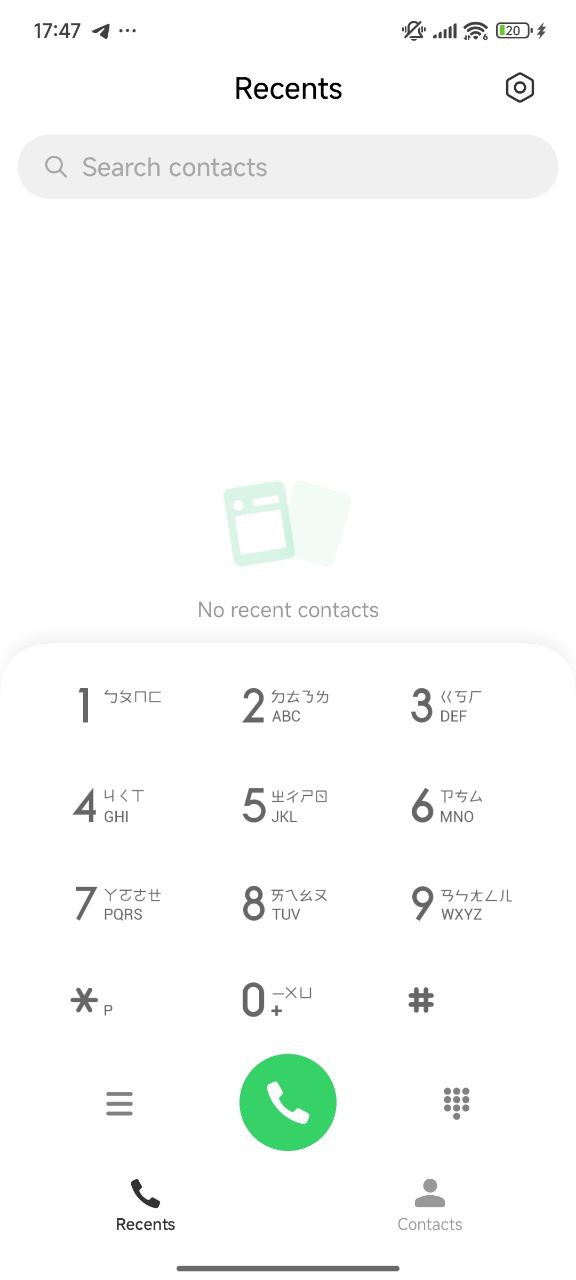
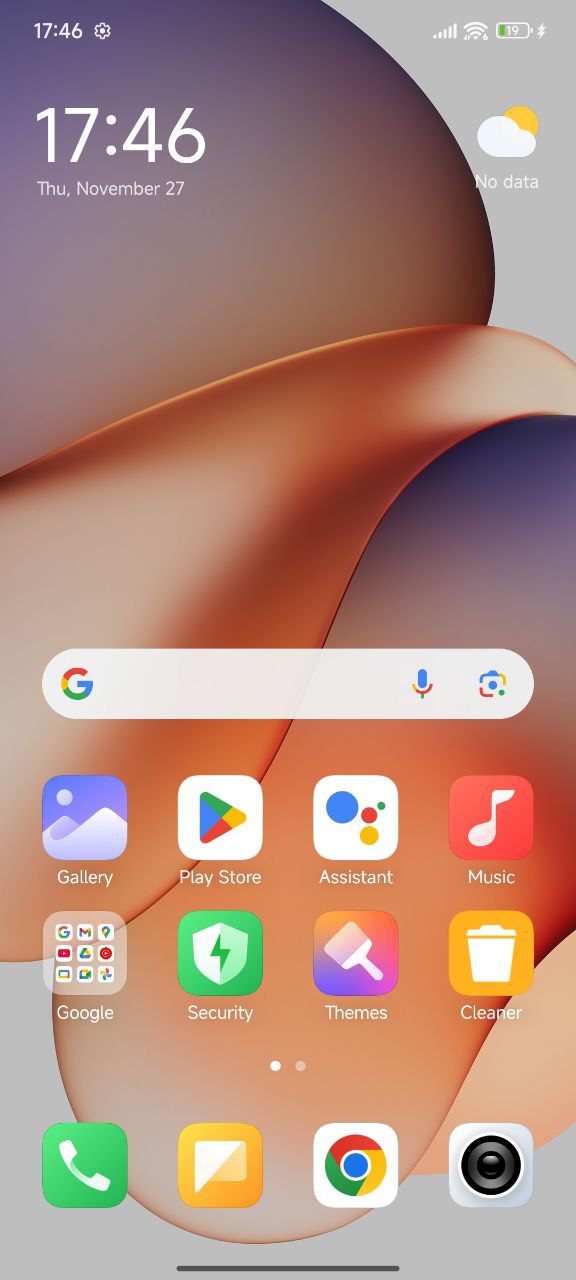
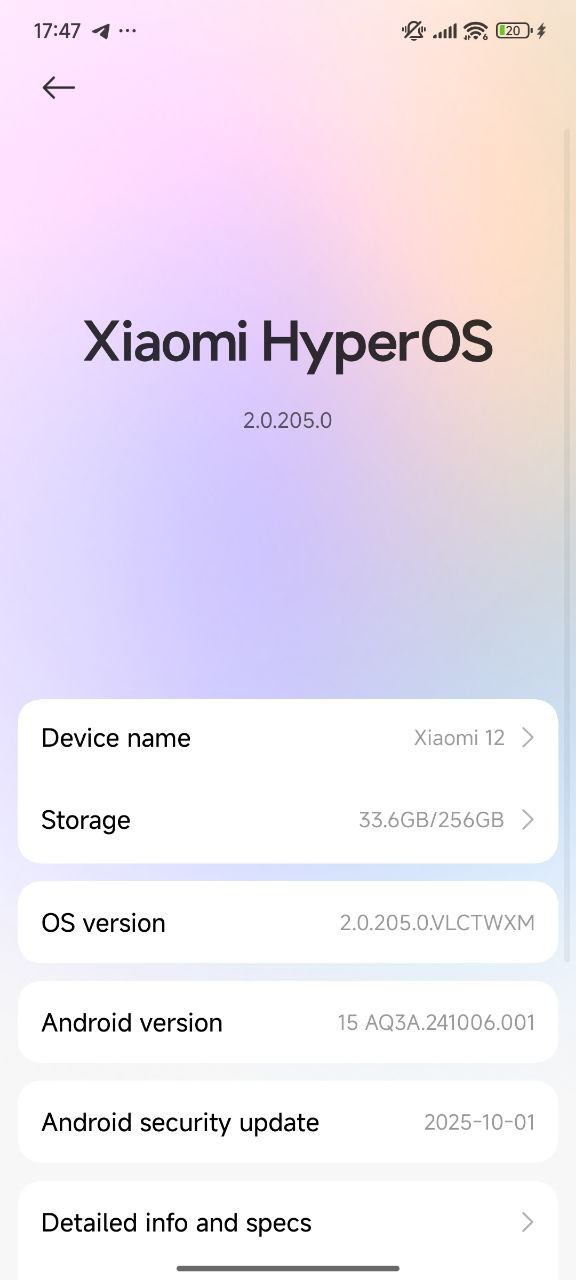
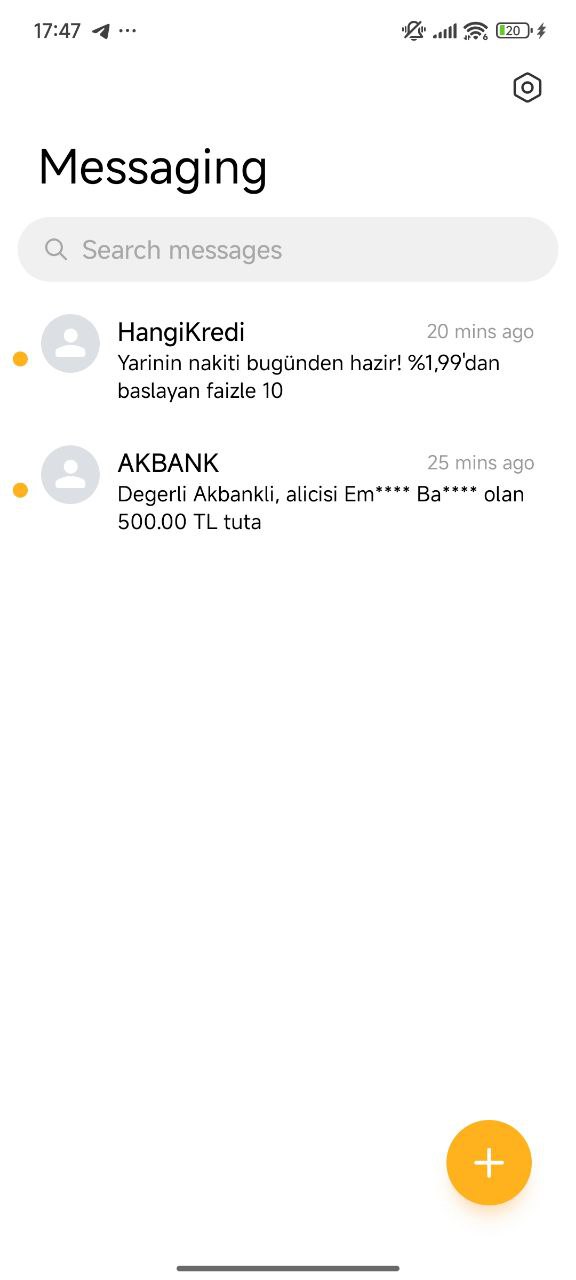
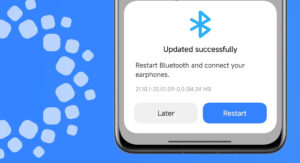

Redmi note 13 pro plus, global version, please hyper 3.0 update
روح نيك امك لقحبة